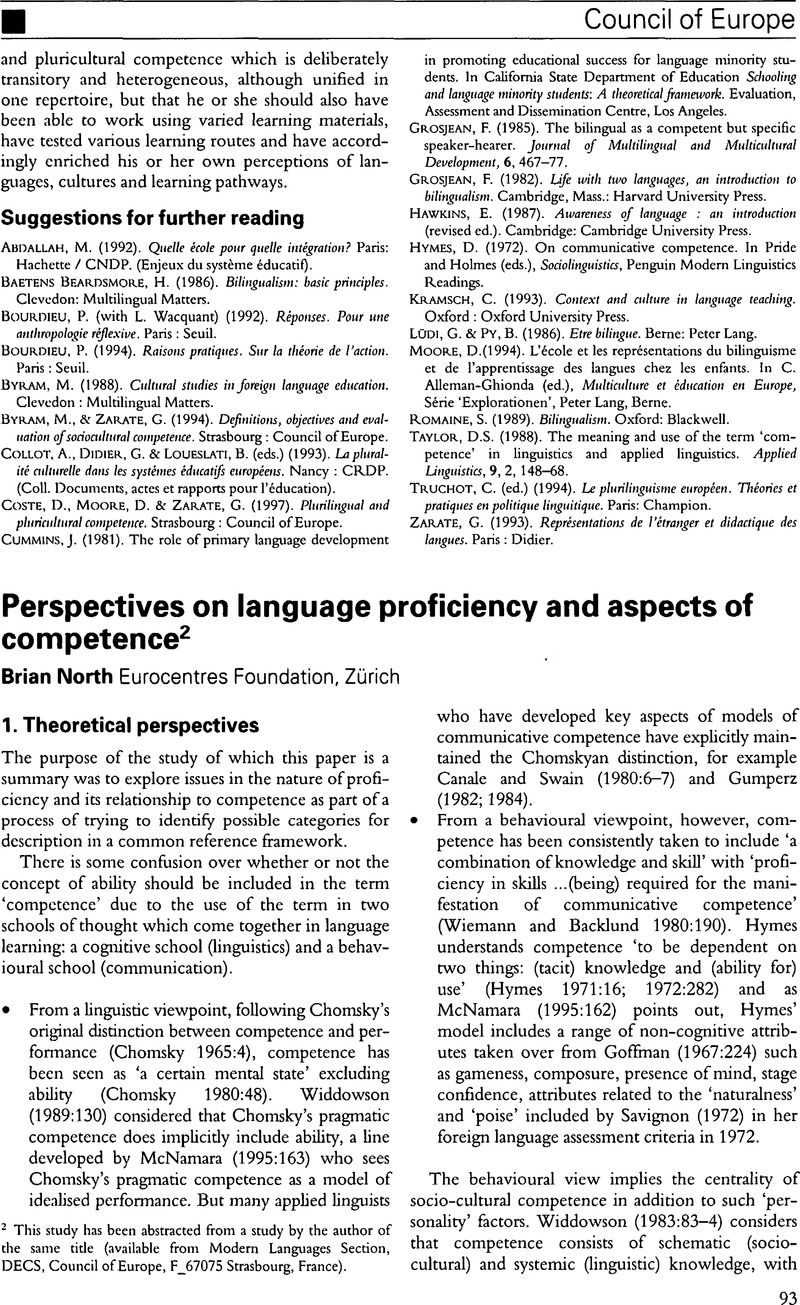Crossref Citations
This article has been cited by the following publications. This list is generated based on data provided by Crossref.
Trim, J. L. M.
1998.
European perspectives on modern language learning.
Language Teaching,
Vol. 31,
Issue. 3,
p.
136.
North, Brian
2008.
The Handbook of Educational Linguistics.
p.
220.
North, Brian
2014.
Putting the Common European Framework of Reference to good use.
Language Teaching,
Vol. 47,
Issue. 2,
p.
228.
Wisniewski, Katrin
2018.
The Empirical Validity of the Common European Framework of Reference Scales. An Exemplary Study for the Vocabulary and Fluency Scales in a Language Testing Context.
Applied Linguistics,
Vol. 39,
Issue. 6,
p.
933.
Zhou, Yanqiong
Lin, Jiaxin
and
Yang, Zhuojun
2022.
Developing a Reading Strategic Competence Scale for Chinese Tertiary EFL Learners.
The Asia-Pacific Education Researcher,





